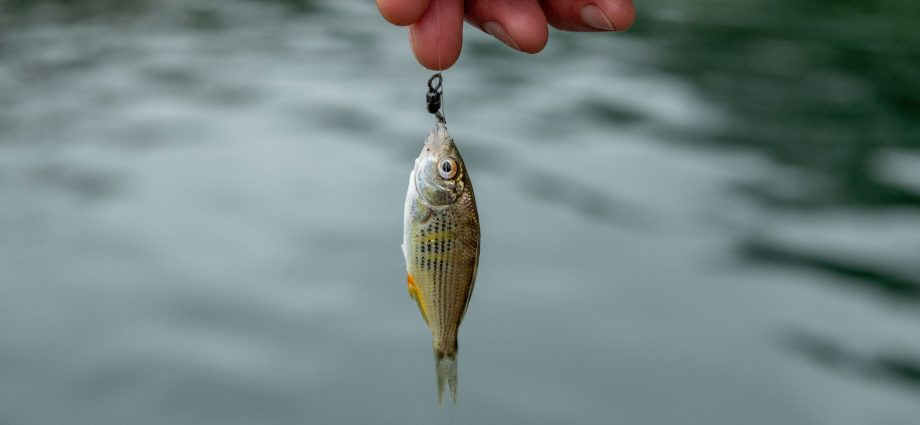A small fish of the herring family. It has a pronounced pelargic appearance. Shiny scales are easily sprinkled. Tulka is a fish that can live in water with different levels of salinity. Initially, it was considered a marine or fish inhabiting the lower reaches of the rivers. Fish actively settle, capturing freshwater reservoirs. Currently, it has anadromous, semi-anadromous and freshwater forms. In addition to the previously known freshwater-lake form living in the Ural River basin, kilka has become a mass species in many reservoirs of the Volga and other rivers of Central Russia. The fish adheres to large reservoirs, rarely comes to the shore. The sizes are within 10-15 cm in length and weight up to 30 gr. Scientists divide the fish that live in Russian reservoirs into two subspecies: the Black Sea – Azov and Caspian. Despite its small size, kilka is a popular fish among local residents of the coastal part of southern Russia and Ukraine. In addition, it has become a favorite bait for lovers of catching river predators (zander, pike, perch) in all places of its settlement. To do this, the sprat is harvested and stored in the refrigerator in a frozen form.
Methods for catching sprats
In the sea, kilka is caught during the day or at night “in the light”, with net gear. To use the fish as a bait, in reservoirs and rivers, it is mined with the help of “net lifts” or larger varieties of the “spider” type. To lure fish, use lanterns or a small amount of cereal bait. For entertainment, a sprat can be caught on a float rod. In this case, there is no need to have complex equipment. The fish is caught on dough, bread or porridge, they can be flavored with sweet smells.
Places of fishing and habitat
In the waters of Russia, fish is found in the Black, Azov and Caspian Seas, it enters most of the rivers in the basins of these seas. Considering the modern distribution of this fish, we can talk about the most extensive distribution area. Resettlement continues to this day. The fish prefers large reservoirs; in most artificial reservoirs, it has become a mass species. The settlement area extends to the basins of the Volga, Don, Danube, Dnieper and many other rivers. In the Kuban, the zone of existence of seals is located in the delta, the situation is the same with the Terek and the Urals, where the seal has spread to the lower reaches.
Spawning
Given that the fish easily adapt to local conditions, it is currently quite difficult to separate the various ecological forms of this fish. The fish becomes sexually mature in 1-2 years. The sprat is a schooling fish, the composition of the groups is mixed, with a predominance of 2-3 year olds. Depending on the preference of places of residence, it breeds in different conditions: from the seas to rivers, lakes and reservoirs, as a rule, away from the coast. It spawns in the spring, a fairly wide period of time, depending on the natural conditions and characteristics of the region. Portion spawning with an interval of several days. Anadromous forms can enter rivers for spawning in autumn.










